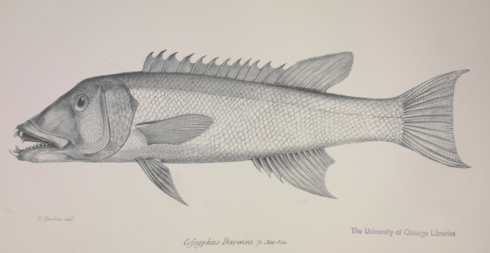Tina Seelig teaches creativity and innovation at Stanford. She has a new book out on the topic called Insight Out. She answered questions about the book recently and gave this answer (I’ve reformatted it into bullet points for clarity):
The model I present in Insight Out describes a series of steps from ideas to actions. Each step requires more effort than the one before.
- Imagination requires engaging and envisioning what might be different.
- Creativity is applying your imagination to solve a problem. This requires motivation and experimentation.
- Innovation is applying creativity to come up with unique solutions. This requires focus and reframing. And,
- entrepreneurship is applying innovations to bring the to the world. This requires persistence and inspiring others.
–Tina Seelig on Reddit.com.
In response to a question about testing students:
- I don’t test my students. In fact, I tell them to never ask about their course grade. 🙂
I want the students to be internally motivated. I tell them that I expect them to put as much work into the course as I do, and that they should “never miss an opportunity to be fabulous.” Guess what? It works! They are waiting for someone to give them this freedom to tap into their own motivation, not respond to an external motivation.





